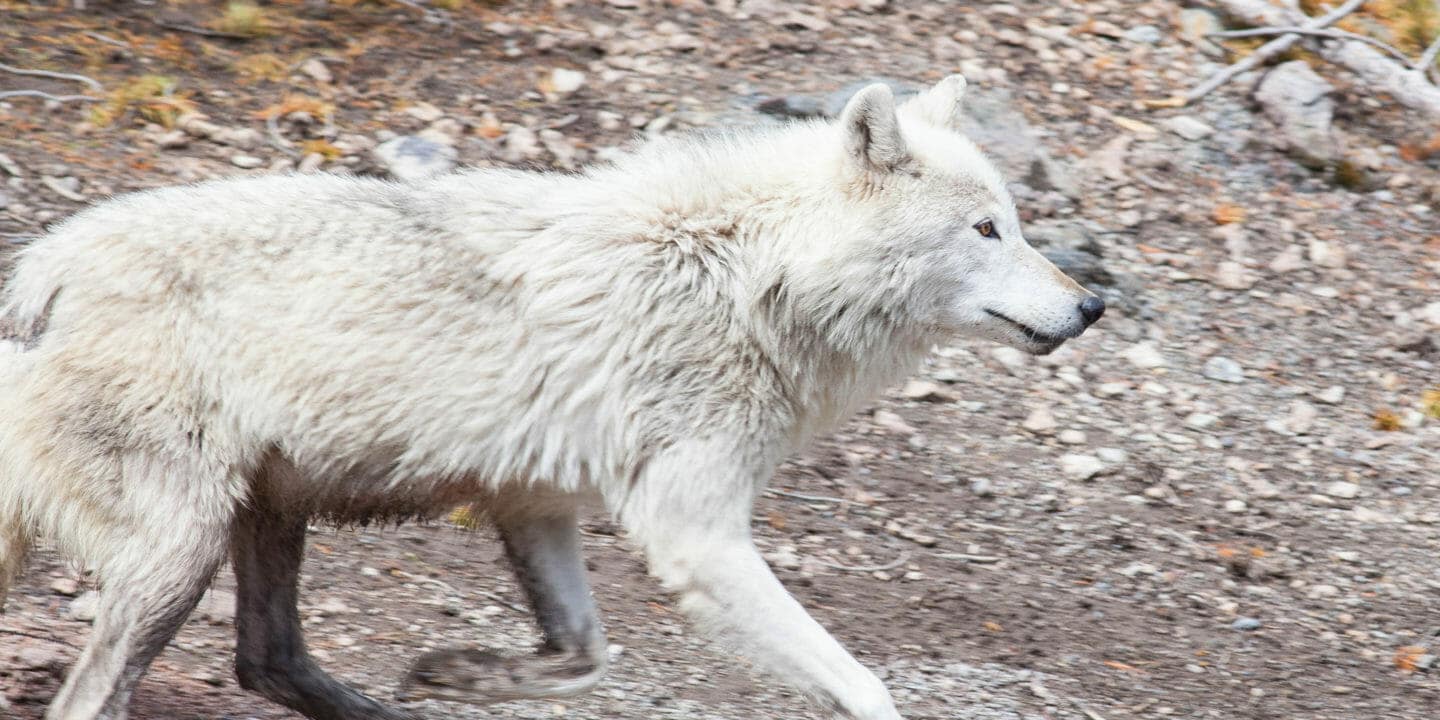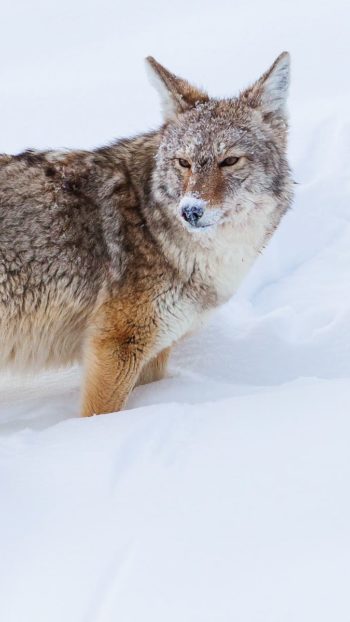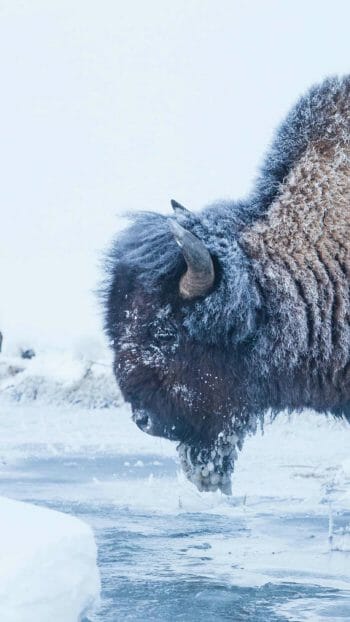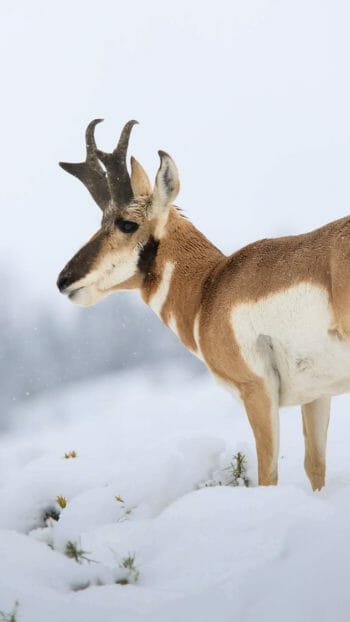Wolves in the Greater Yellowstone Ecosystem
Yellowstone National Park is famous throughout the world as a haven for wildlife, home to the largest concentration of mammals in the lower 48 United States. Of all the park’s iconic animals, from bison to bears to birds and so much more, there is perhaps no species more emblematic of Yellowstone’s wilderness and wildness than the grey wolf (Canis lupus). It is also here where wolves have played a starring role in one of the greatest conservation success stories in our history.
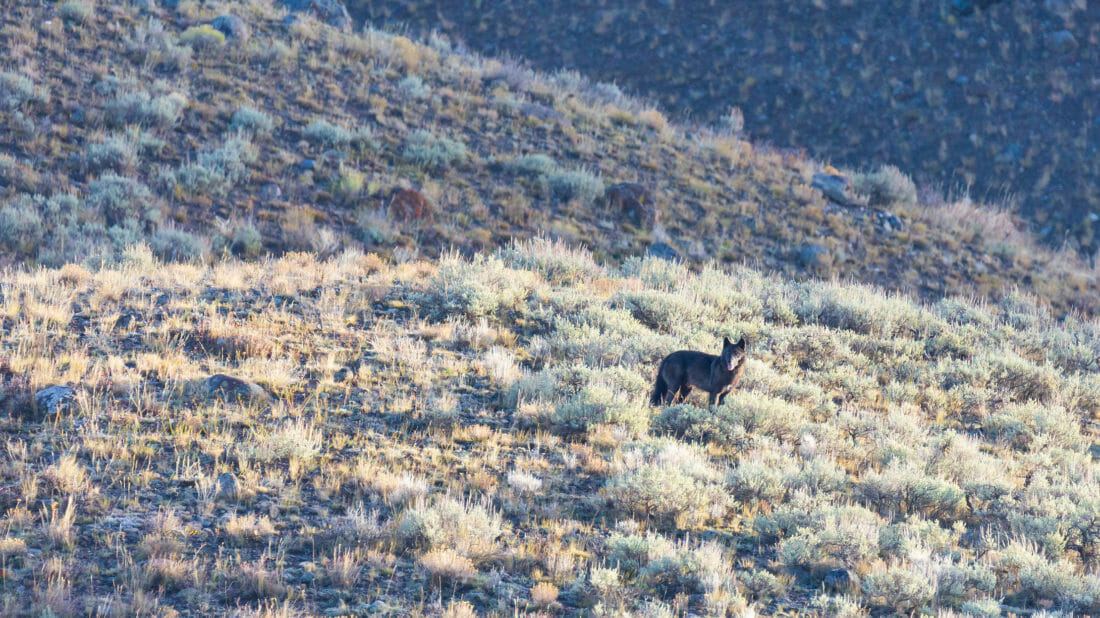
Historical Range
Historically, wolves ranged across the entirety of the Greater Yellowstone Ecosystem and across the majority of the United States. There are estimates that the wolf population, in what is now the contiguous U.S., used to be upwards of 250,000, and perhaps even as high as 2 million. Starting in the early-to-mid 1800’s a very intentional effort began to rid the landscape of wild wolves, largely in an effort to make the landscape more habitable for livestock and other preferred wildlife, such as elk and deer. Even after Yellowstone National Park was established, wolves and other wildlife within the National Park boundaries were killed with no understanding of their crucial role in the ecosystem. By the mid 1920’s, it was thought that wild wolves had been completely wiped out from Yellowstone, and by the mid-1900’s, it is thought that wolves had been almost completely wiped out from the lower 48 United States, with only a small population in northern Minnesota remaining.
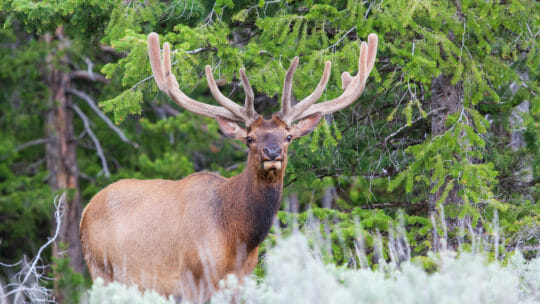
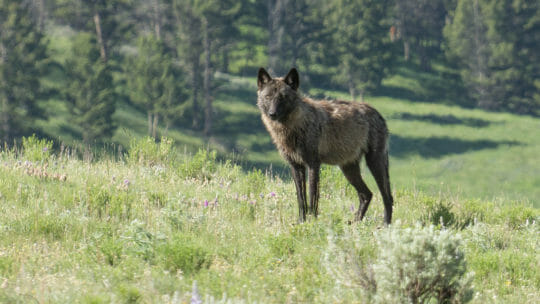
An Ecosystem without Wolves
Predators play a critically important and unrivaled role in balancing the health of wild ecosystems, and with wolves absent from Yellowstone National Park, an imbalance became more and more evident over the years. An unnaturally large elk population overgrazed vegetative stands across the landscape. An unchecked population of coyotes impacted the National Park’s small mammal and bird populations whose habitats were also being diminished by the overabundance of elk. Using hindsight today, our collective mismanagement of the landscape seems obvious, and as our understanding of ecology improved and evolved over time, the National Park Service (NPS) adopted a more modern view of their role in preserving wild, native ecosystems. In the 1960’s, the NPS wildlife management policy was modified to allow wild systems to manage themselves, and other legislation, like the Endangered Species Act passed in 1973, aimed to correct past mistakes regarding how wolves and other wildlife had been persecuted. In 1987, the U.S. Fish & Wildlife Service first proposed reintroducing an “experimental population” of wolves into Yellowstone National Park, and after years of discussion and debate, the decision was finalized in 1994. Between 1995 and 1997, a total of 41 Wolves (31 from western Canada, and 10 from northwestern Montana) were relocated and released into Yellowstone National Park, and we now have more than 25 years of generational research, evidence, and observations of their impacts on the ecosystem.
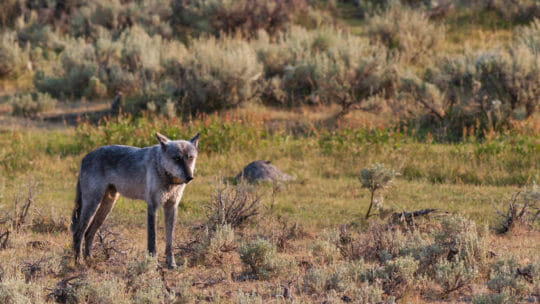
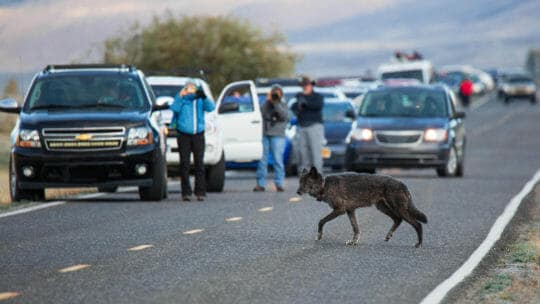
Local Economic Benefits of Wolves
The positive effects that wolves have had are both ecological and economic in nature. A recent study concluded that wolf-watching in Yellowstone National Park generates upwards of $35 million dollars in tourism revenue every year for businesses in Montana, Wyoming, and Idaho. Yellowstone is arguably the best place on the planet to witness these fabled animals, and legions of adventurers travel from near and far for their chance to behold a wild wolf upon this wonderland. The ecological impact of wolves, and other predators, in Yellowstone is as important and valuable as their boost to our local economies. Wolves primarily hunt elk, and the predatory pressure they have placed on the park’s most populous ungulate has allowed for a resurgence in much of the vegetation that had been overgrazed for nearly 70 years. Increased willow and aspen stands have invited more birds back to the landscape, and beavers, one of North America’s true ecosystem engineers, have also benefited from the resurging undergrowth. The carcasses that the wolves left behind after a meal gave a boost to Yellowstone’s grizzly bears, eagles, and numerous other scavengers. Ultimately, the wolves have helped the Greater Yellowstone Ecosystem function naturally again, as it had done for thousands of years before the park was established.
The future for wolves, both around Yellowstone National Park and throughout the U.S., will depend largely on how much, or how little, we accept our responsibility to be true stewards for an authentic wilderness. Wild wolves, and the wild behaviors they orchestrate, are irreplaceable.
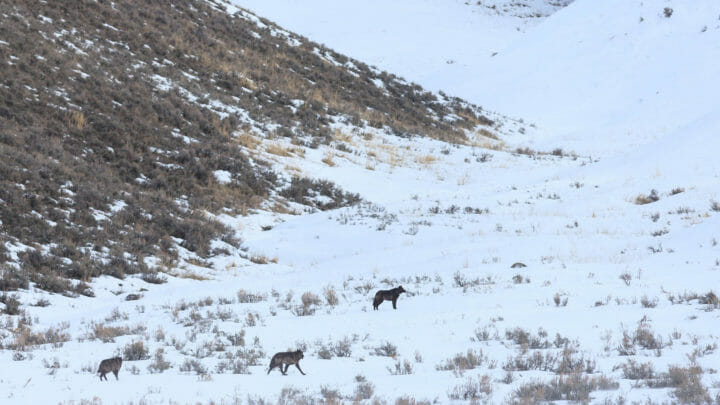
True Stewardship for Authentic Wilderness
Despite the undeniable benefits that wolves have unleashed across the Greater Yellowstone Ecosystem, they continue to carry with them some of the stigma that led to their persecution in the past. With only approximately 6000 wolves remaining in the lower 48 United States, a tiny fraction of their historic numbers, they were recently stripped of their Endangered Species Act protections. The future for wolves, both around Yellowstone National Park and throughout the United States, will depend largely on how much, or how little, we accept our responsibility to be true stewards for an authentic wilderness. Wild wolves, and the wild behaviors they orchestrate, are irreplaceable. Experiencing Yellowstone’s wolves for yourself offers an immediate lesson in tenacity and coexistence, and shows us that by restoring nature we can ultimately help restore ourselves.

